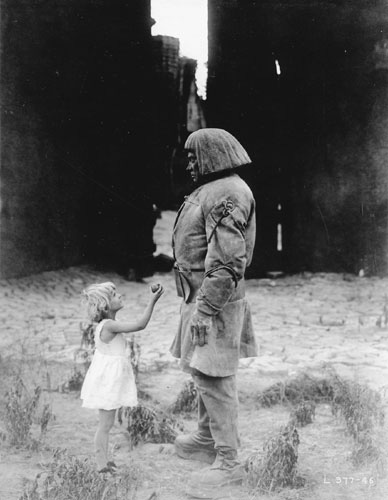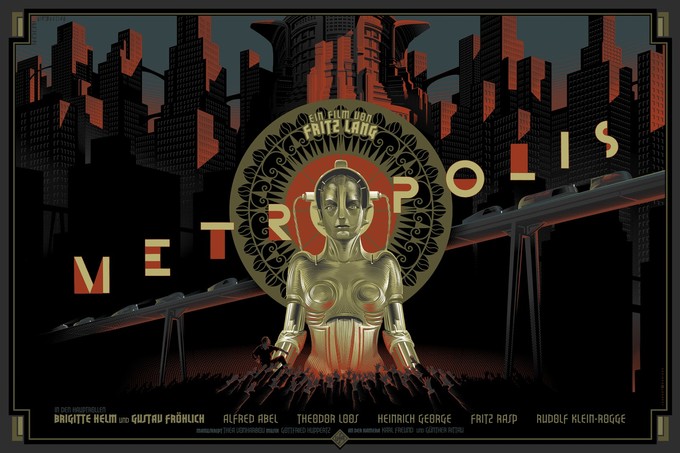The Mythical Creature!
We are often asked the question: "But why Golem.ai, in fact?"
Originally, the Golem is a mythical creature from Jewish culture. It is described in the Talmud's psalms and means "embryo, unfinished, formless" in Hebrew
Initially, the word "Emet" (truth) was written on the Golem's forehead, and when the first "e" of the word was erased, it became "met" (dead). This had the effect of "neutralizing" the Golem. This myth has since been widely popularized in various cultures. In the world of alchemy, we can find a similar creature called Homunculus, which wizards or alchemists could bring to life.
In short, that's our reason for being. Like an alchemist creating their golem, we shape artificial intelligences that feed on the lexicon we provide them.
Tales of literary and cinematic adventures, video games, myths and legends... the Golem is a creature in line with our approach: it is customizableto appeal to all our customers' needs.
The Golem in Pop Culture
Many millenials are already accustomed to the term Golem, found in many bestiary books and fantastical works.
Its first appearance in the world of cinema was in 1915 in the film Der Golem, directed by German filmmaker Paul Wegener. This film tells the story of a man who created a creature to make it his slave, which ultimately turned against him.

In more recent films, there are direct references to the creature in fantasy, such as in The NeverEnding Story with the Rockbiters (creatures made of rocks that help the main character on their journey), but the myth of the Golem is mainly extrapolated to the world of science fiction with the appearance of cyborgs or other anthropomorphic machines that serve humans.
Fritz Lang was a pioneer in his 1927 expressionist film, Metropolis. The character Maria is a strong representation, as she features a robot that could be likened to a Golem in terms of its symbolism. Cinema has showcased many Golem figures, such as the most famous, Frankenstein's creature by James WHALE in 1930.

Golems are extremely present in video game content. They are common creatures in many role-playing game bestiaries such as Dragon Quest (see illustration), Final Fantasy, published by Square Enix, or The Witcher, developed by CD Projekt.
The forms have evolved into different variations that allow for the concept of "elemental" golems, such as fire and ice golems in the famous platform/action game franchise, Castlevania, developed by KONAMI.
This creature, which is most often fought, can also be enslaved to perform tasks, such as protecting villagers in the video game Minecraft (Mojang, 4J Studio). A game specifically developed for virtual reality was released in 2018 under the expressive title of Golem.
From Fantastical Creature to Machine
As science fiction works have anticipated for decades, humans now seek to delegate the most difficult or complex tasks to robots. Our technological advances now allow us to turn this fiction into reality thanks to the miniaturization of new technologies.
Anthropomorphic robots have thus appeared in some public spaces for reception and guidance, and SoftBank Robotics' NAO robot , for example, is used experimentally to help autistic children. Several companies are working on robots for personal assistance, particularly for the elderly, to help them in their daily lives.
A Not-So-Abstract Name
Golem.ai bears this name to highlight what an artificial intelligence in natural language should be: a malleable being, functioning through words, made to serve with the utmost efficiency. All of this responds perfectly to the emerging needs of recent years: voice assistants on our smartphones, smart home speakers, computers, as well as chatbots that have become the new spokespersons for brands in their relationship with their customers.
For more information on the Golem, you can consult this article from lemonde.fr.


